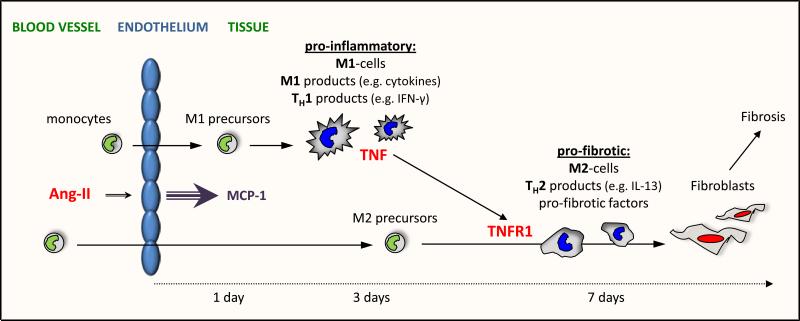Figure 7. Hypothetical Model for the Ang-II/TNF link.
Ang-II infusion results in the MCP-1-driven uptake of M1 precursors that mature to M1-cells and produced M1-related factors which, together with TH1-related protein production, create a pro-inflammatory setting. Within a week, this setting progresses into a pro-fibrotic environment driven by the MCP-1-mediated uptake of M2 precursors and synthesis of TH2-interleukines and pro-fibrotic factors. In this pro-fibrotic milieu some M2-cells further mature into collagen-producing fibroblasts. TNF, initially secreted by pro-inflammatory cells, aids this transition via TNFR1 signaling on distinct M2-cells that is necessary for their differentiation into fibroblasts.

